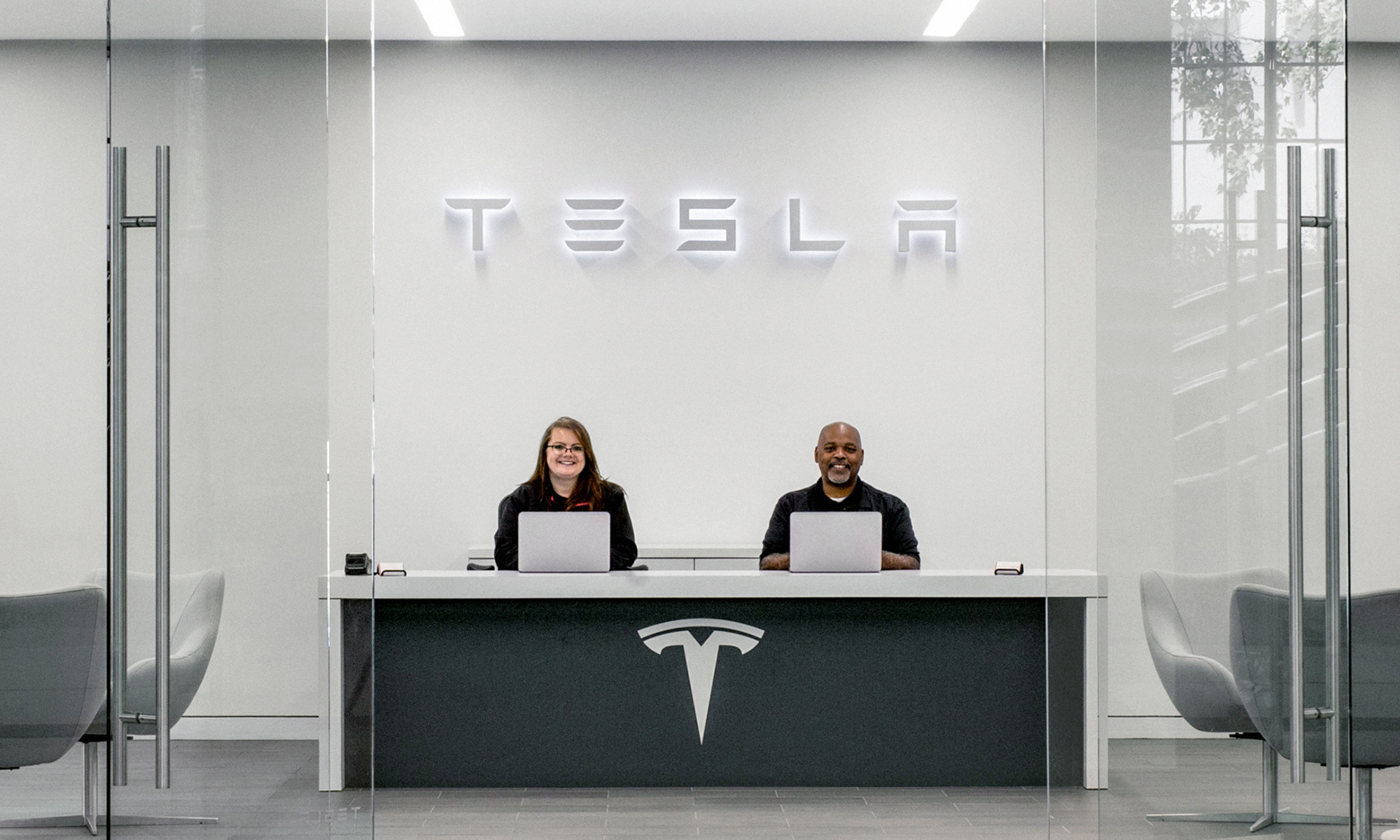When electric-car maker Tesla Motors (TSLA 4.20%) announced its Autopilot 2.0 sensors in October, Tesla CEO Elon Musk said he hoped to begin rolling out major software updates for the new technology before the year ended. But with only one more day left in the year, it's not looking like Tesla will meet its target. However, the software is "almost there," Musk said in a tweet on Thursday.
"Under going final validation. Might go out in the next few days," Musk tweeted back to someone asking about whether 8.1 would be released this weekend.

Tesla demonstrates the capabilities of its new Autopilot sensors. Image source: Tesla Motors.
Catching up
The update, which would be a part of the expected Tesla 8.1 software, is particularly important because it is set to help catch up the capabilities of Autopilot 2.0 vehicles to those of Autopilot 1.0. Until Tesla updates the software for vehicles with its second-generation sensor suite, Tesla vehicles are lacking key safety assist features, such as automatic emergency braking, collision warning, blind-spot detection, and side-collision warning. In addition, the Autopilot 2.0 vehicles are still missing convenience features like auto-steer, auto-park, and summoning.
Earlier this month, Musk said on Twitter that the next update may include most of the functionality from Autopilot 1.0. Eventually, of course, Tesla plans for Autopilot 2.0 to exceed Autopilot 1.0's capabilities, hence its new name: enhanced autopilot.
Why it matters
Since Autopilot 2.0 sensors are included standard in every vehicle Tesla delivers, the stakes are high for Tesla to get the software right.
Just how useful Tesla's autopilot sensors are was recently brought to light when a dash cam captured a Tesla vehicle alerting an owner and begin applying brakes to avoid an accident after the sensors observed a car hitting its brakes two vehicles ahead.
Original video, authorisation from the owner. Essential, no one could predict the accident but the radar did and acted by emergency braking. pic.twitter.com/70MySRiHGR
— Hans Noordsij (@HansNoordsij) December 27, 2016
This capability for Tesla vehicles to see "through" the car in front of it was added in an important update in September. As part of the update, Tesla upgraded radar from simply serving as a supplementary sensor to become a primary control sensor alongside the camera's image recognition system. Tesla asserted in a blog post about the update that this would help vehicles "almost always hit the brakes correctly."
Going further, Tesla explained how the vehicle can surprisingly see "through" vehicles:
[A] Tesla will also be able to bounce the radar signal under a vehicle in front -- using the radar pulse signature and photon time of flight to distinguish the signal -- and still brake even when trailing a car that is opaque to both vision and radar. The car in front might hit the UFO in dense fog, but the Tesla will not.
Without Tesla's 8.1 software update, Tesla owners won't benefit from safety features like this.
Tesla's upcoming Autopilot update will be just the beginning of many for Tesla vehicles with second-generation sensors. Longer term, Tesla says Autopilot 2.0 will even enable fully autonomous driving. But there are a few caveats: Tesla still needs to validate the self-driving software, regulators will need to approve the features' use, and owners will have to pay up $8,000 to $10,000, depending on whether they purchase the feature before or after delivery (safety aspects of Autopilot, like emergency braking, come standard on every Tesla).






